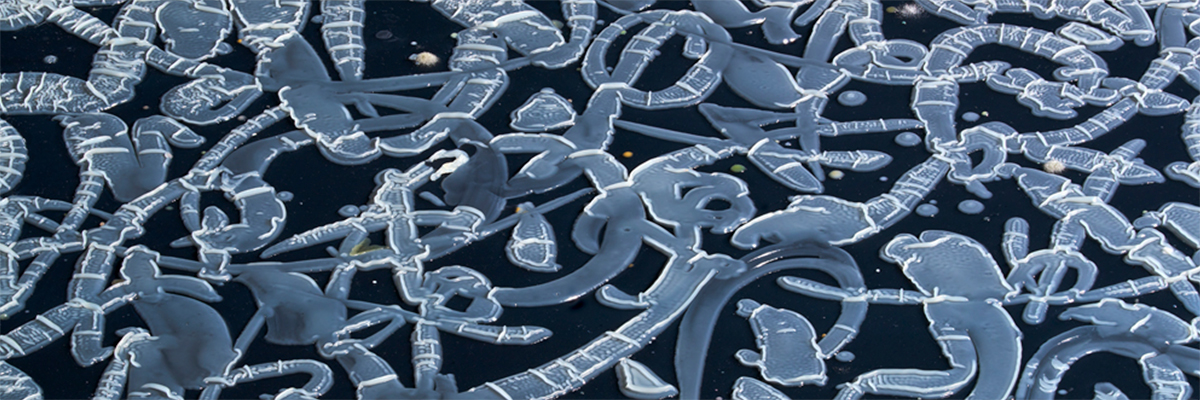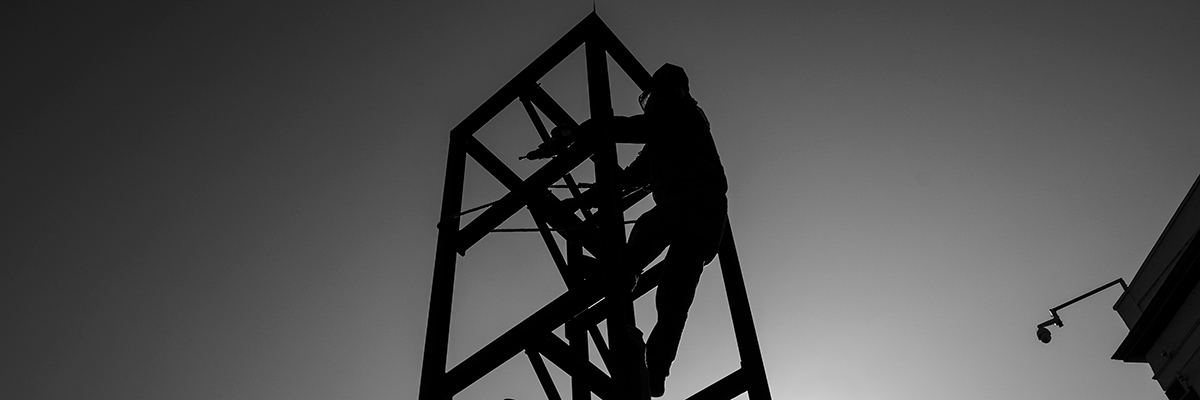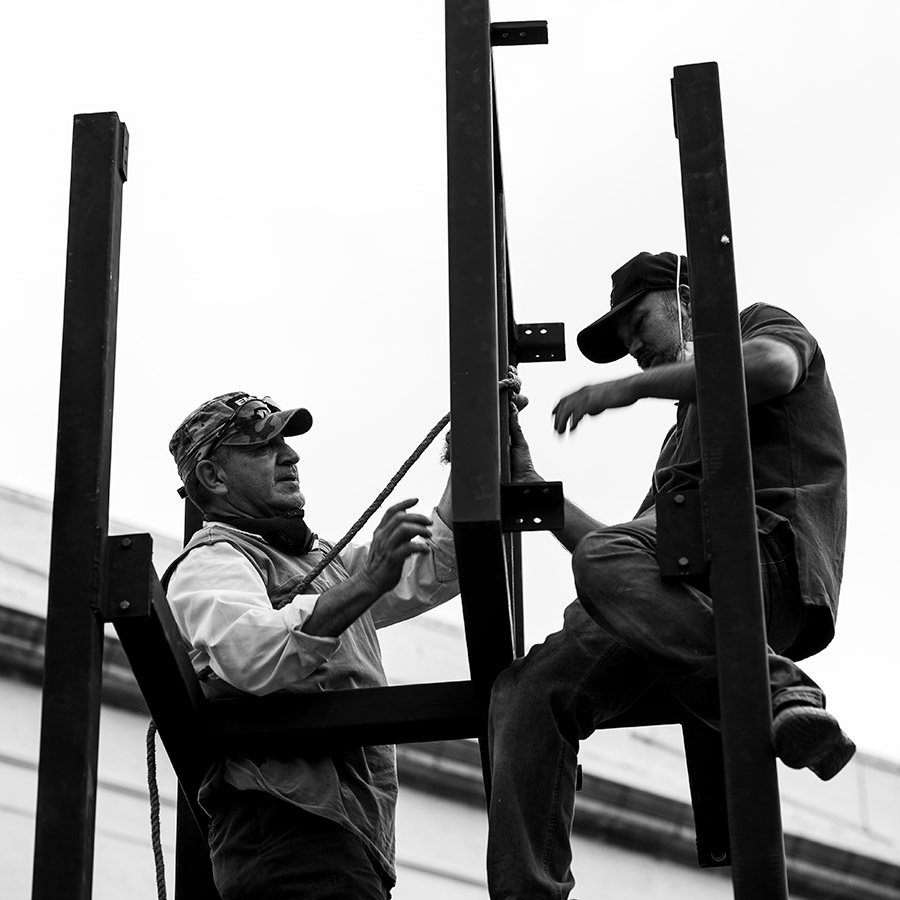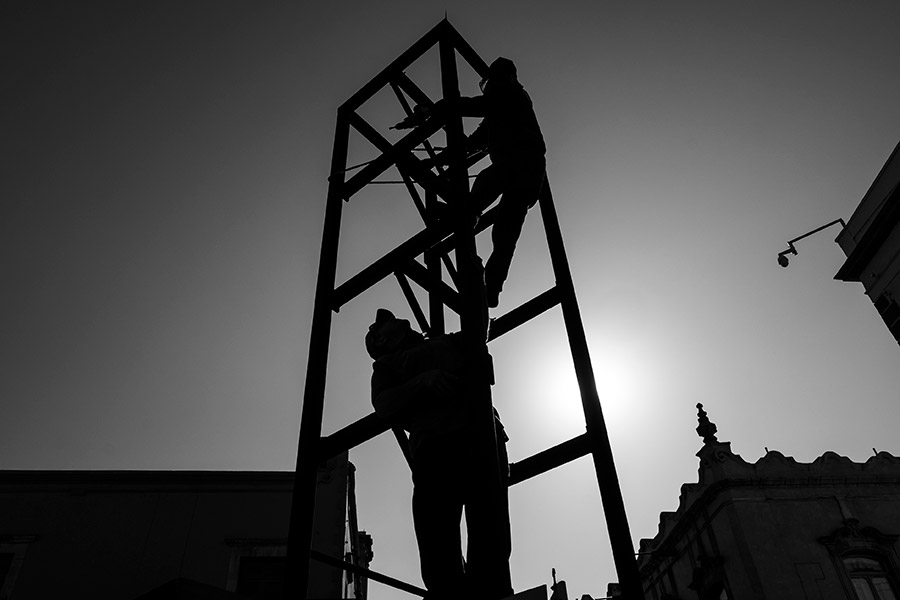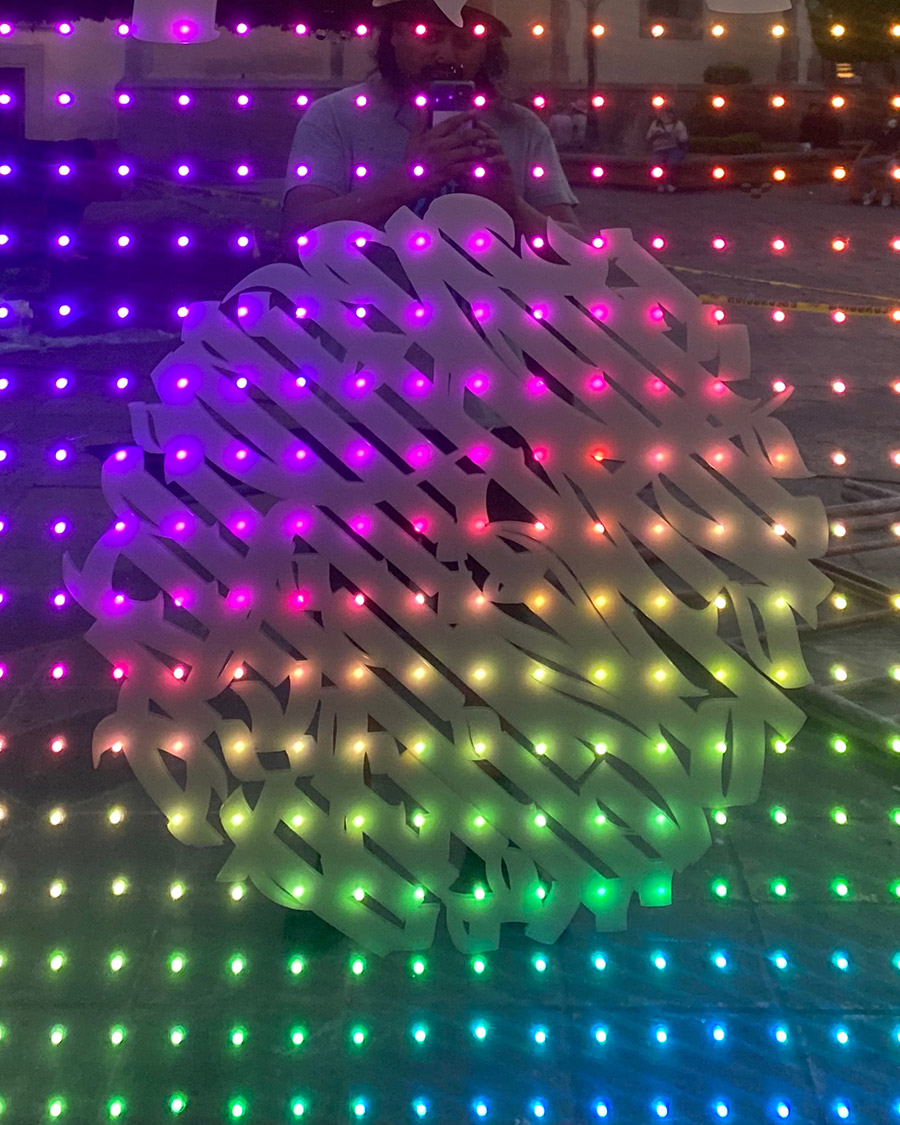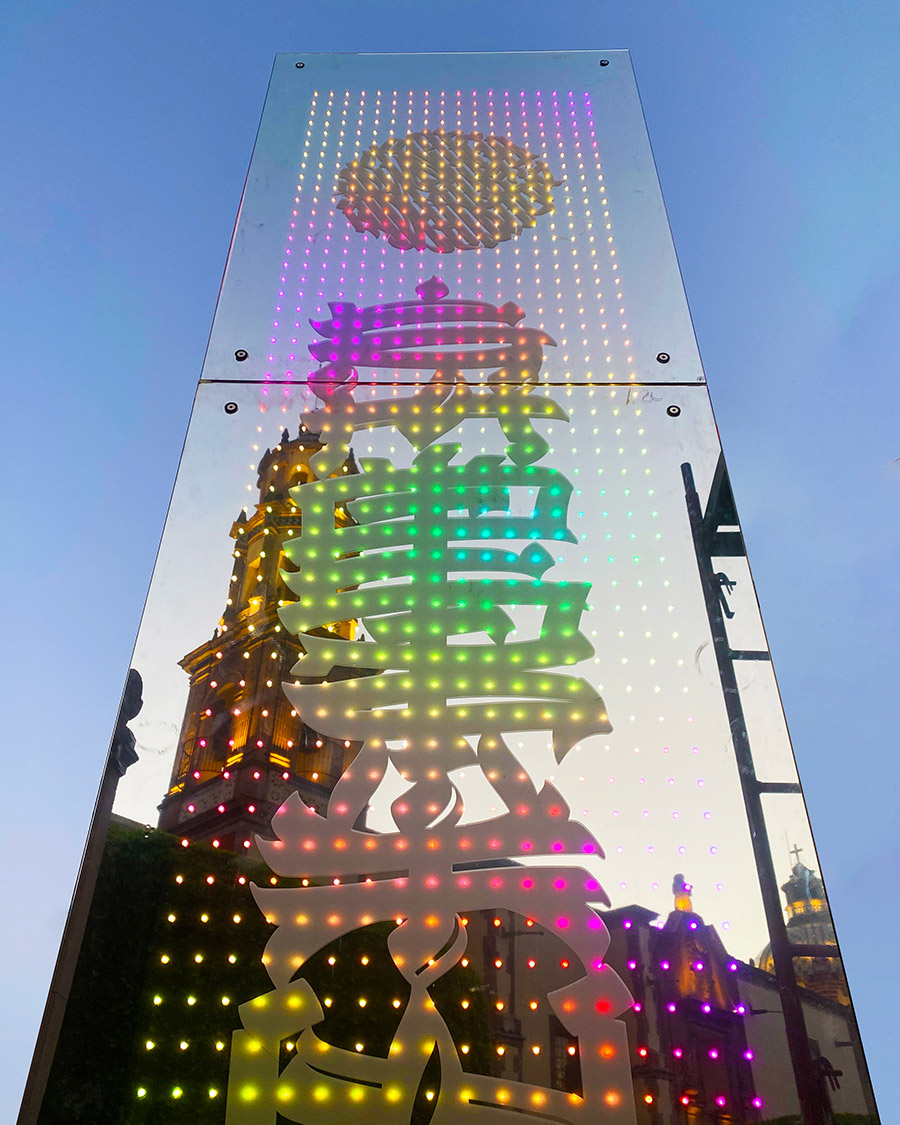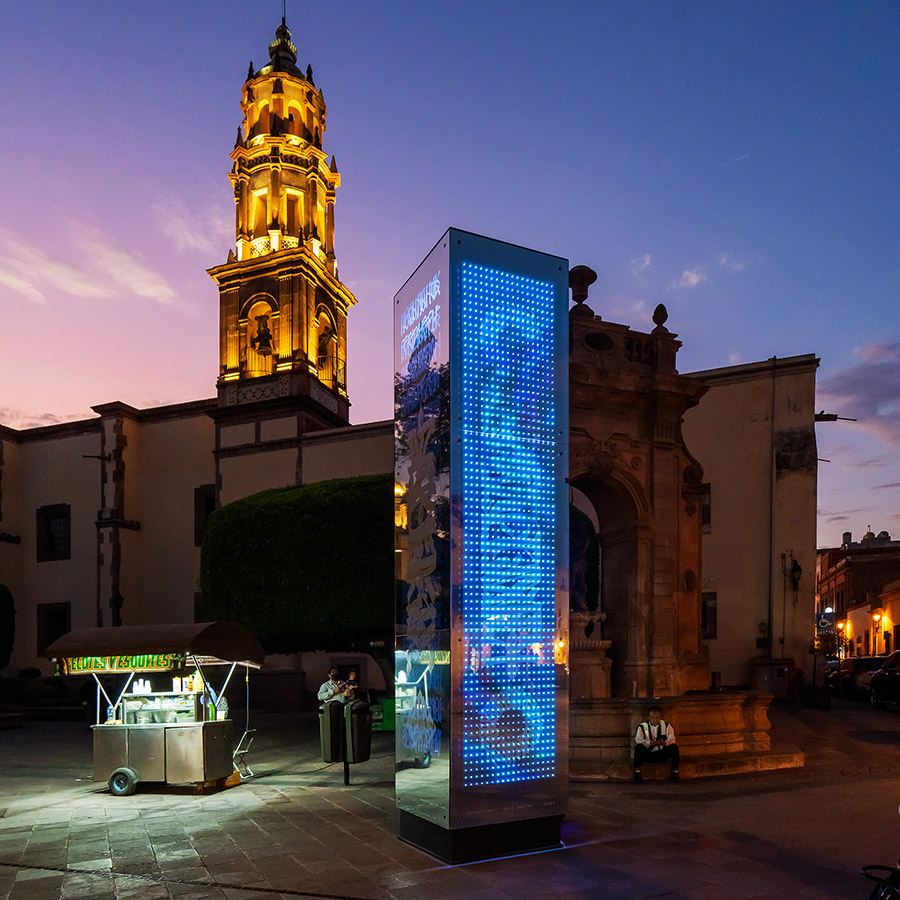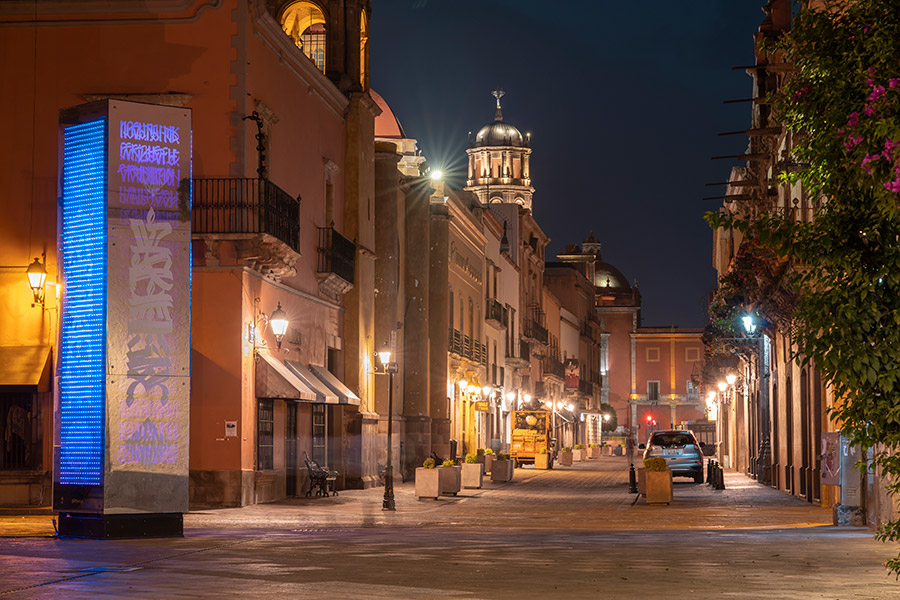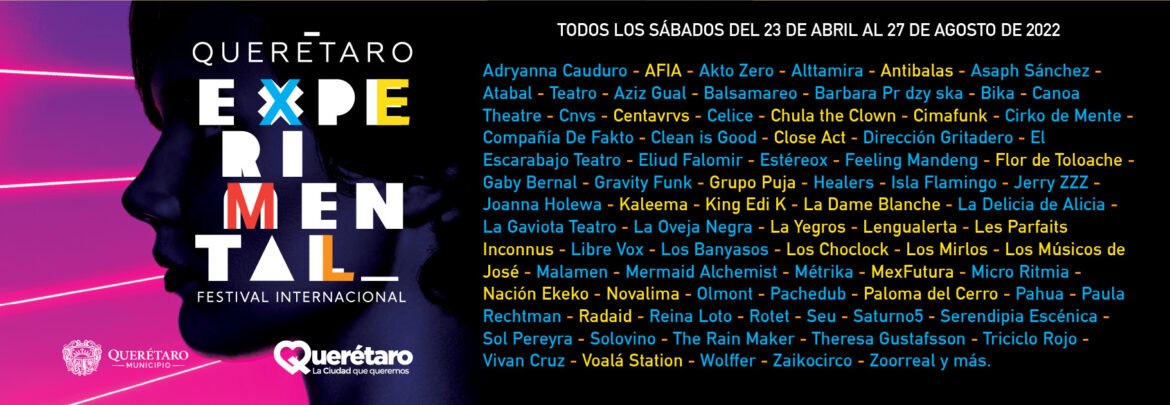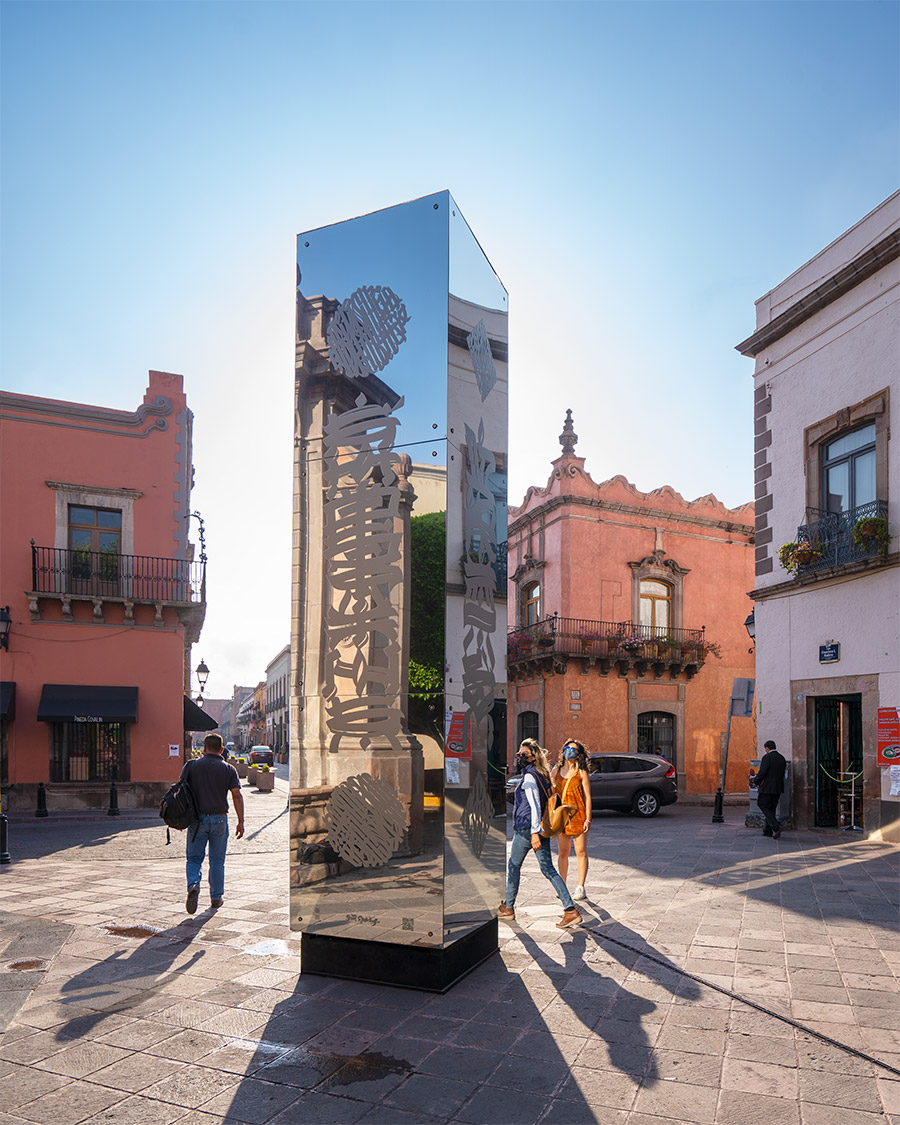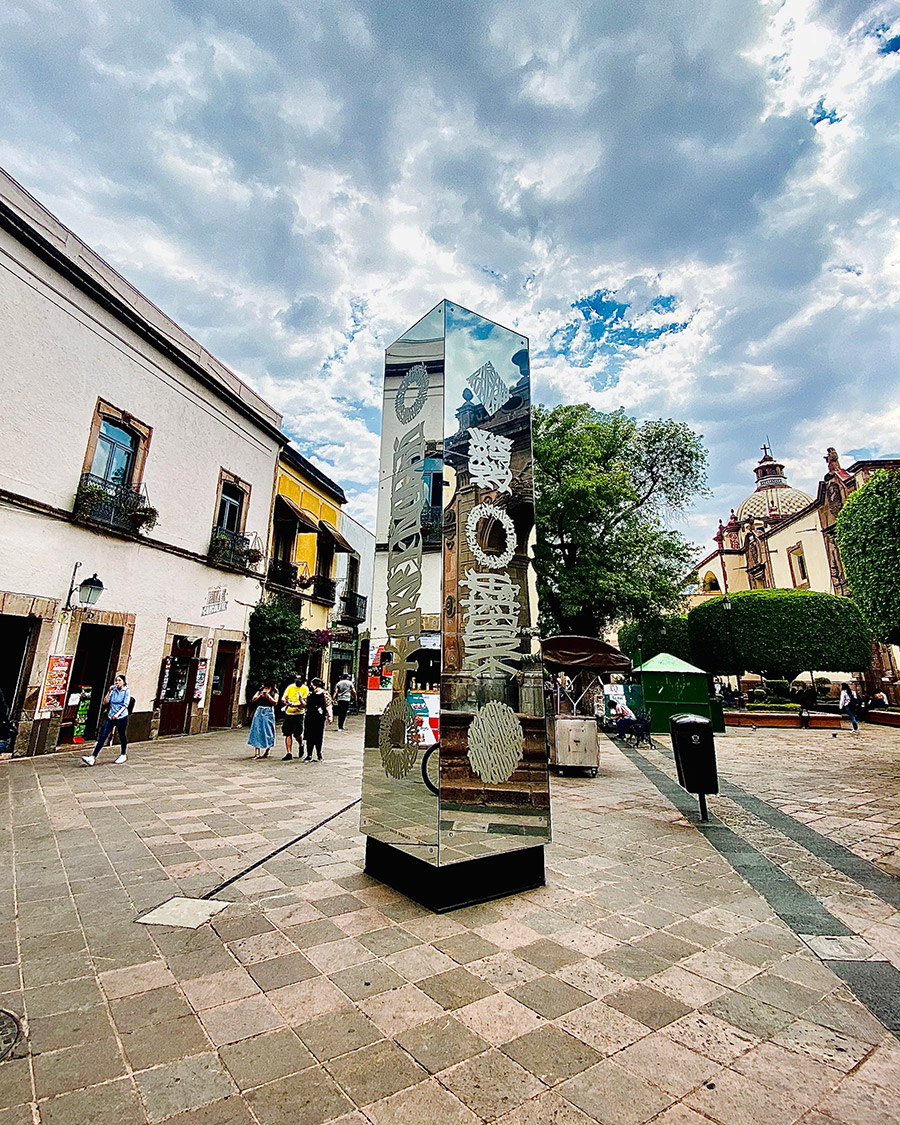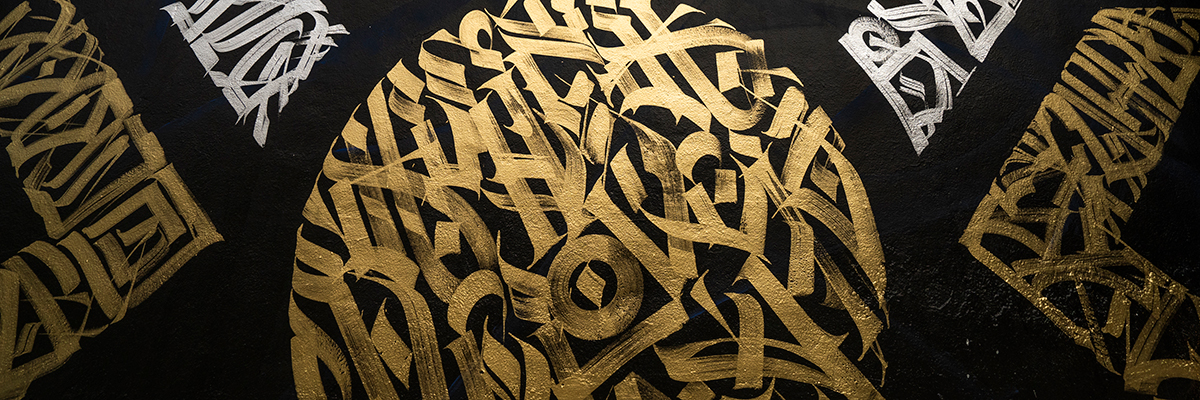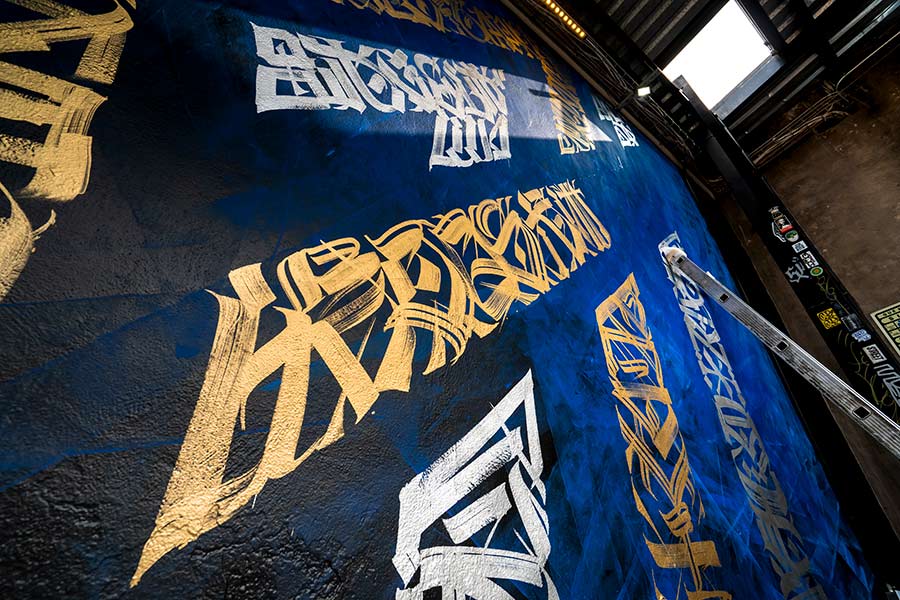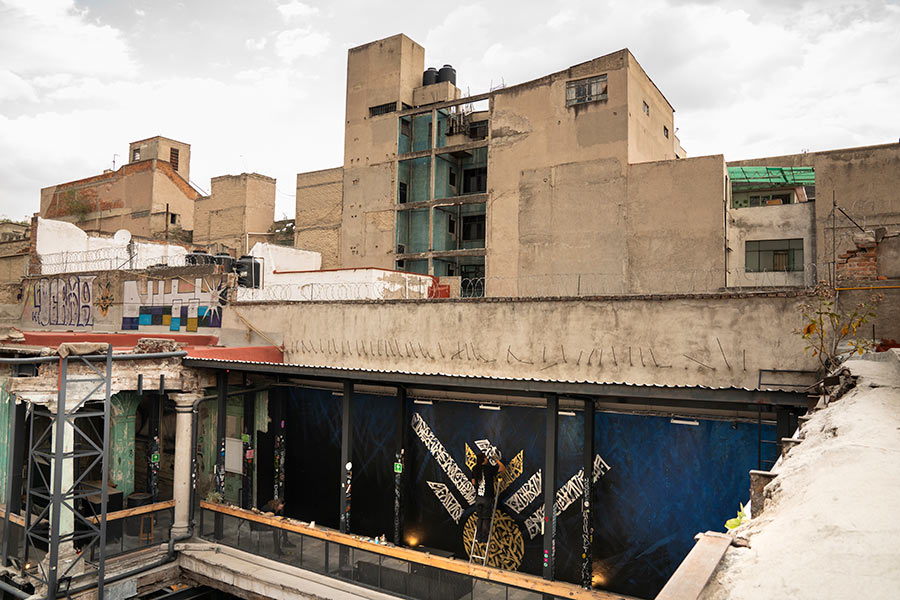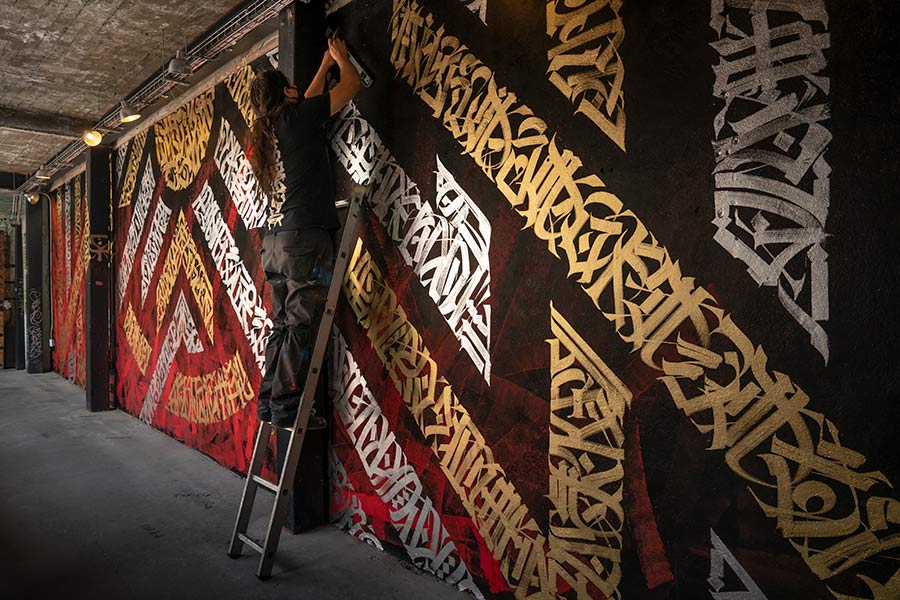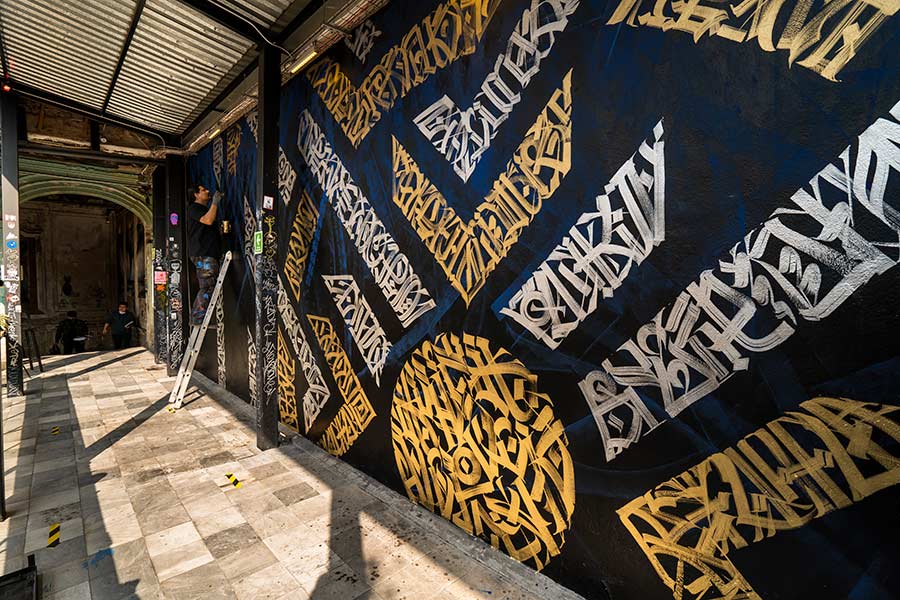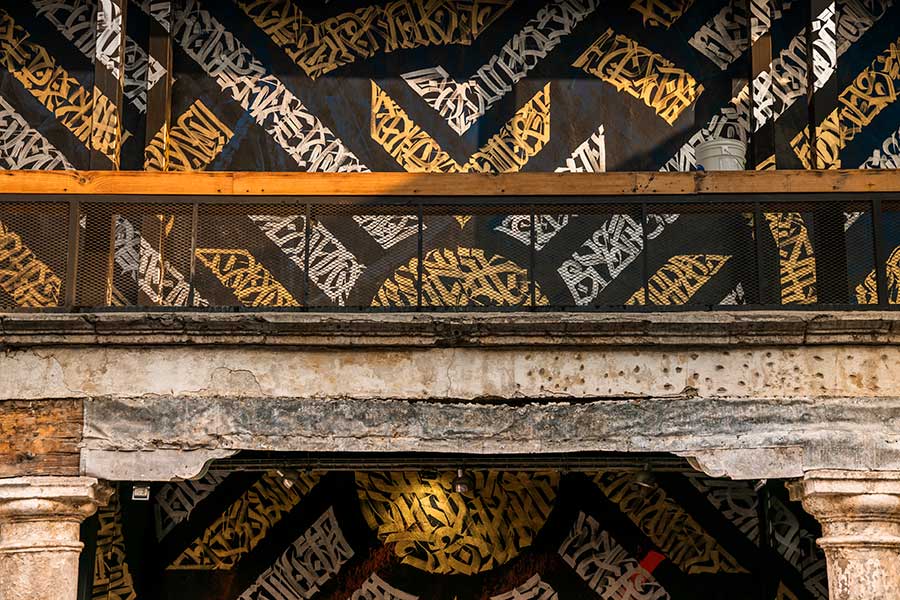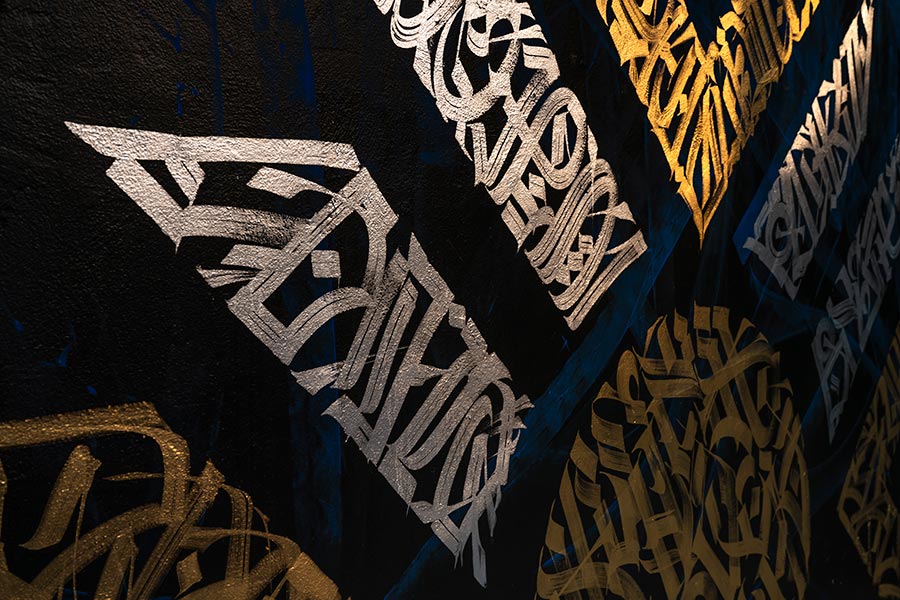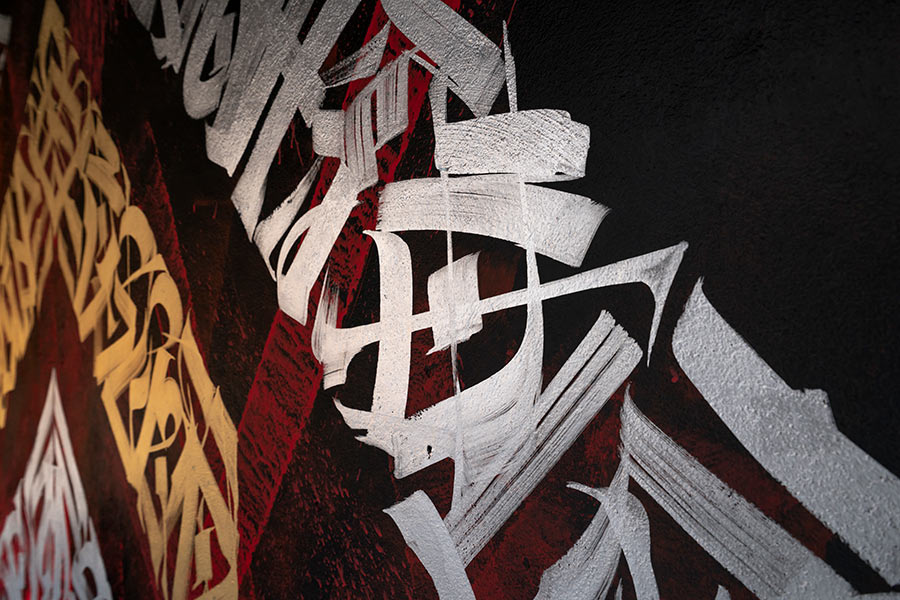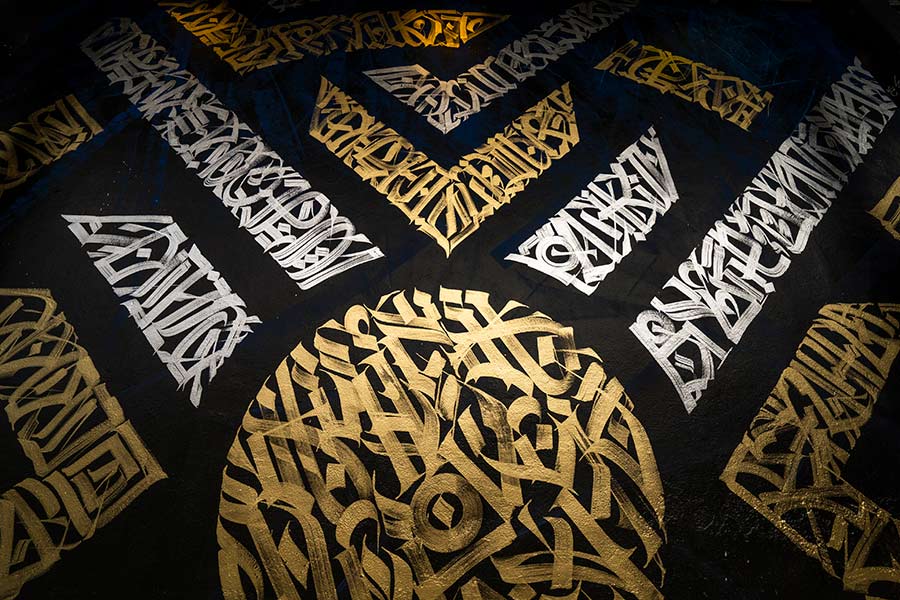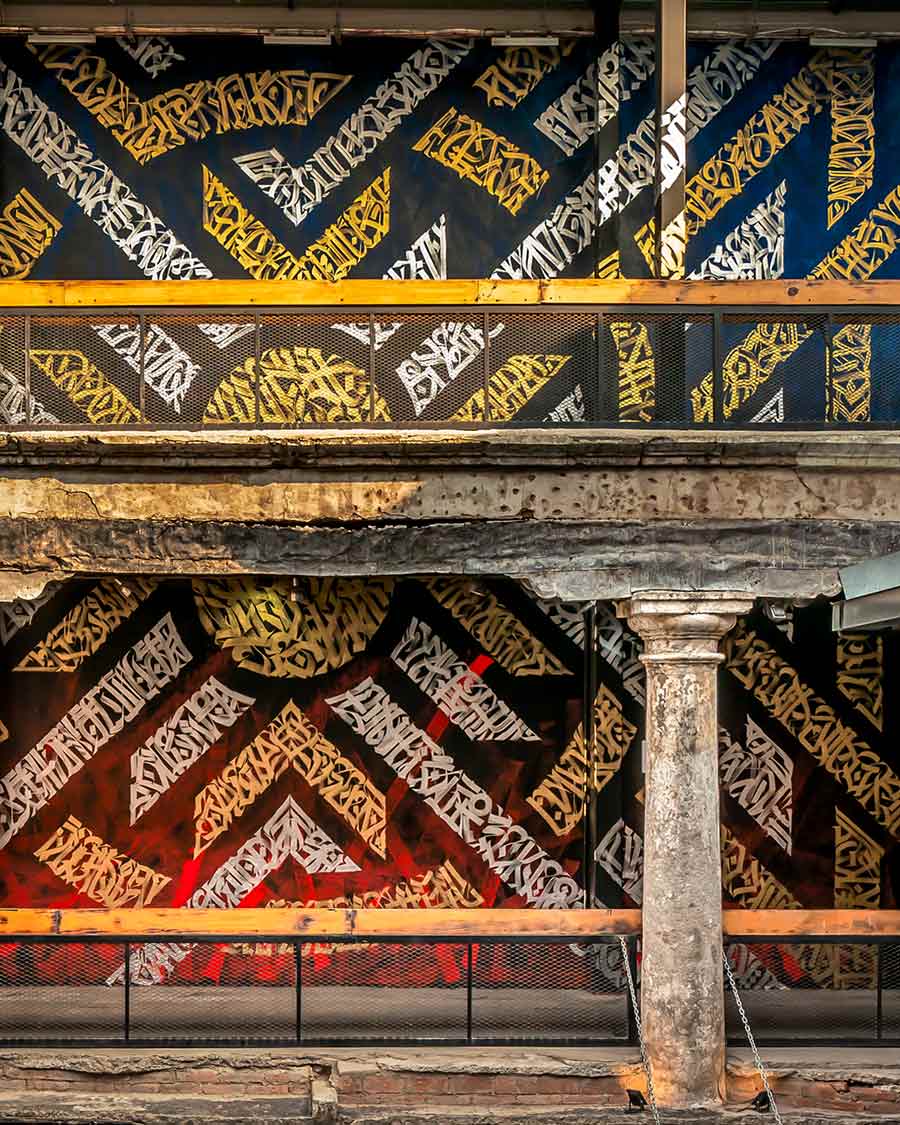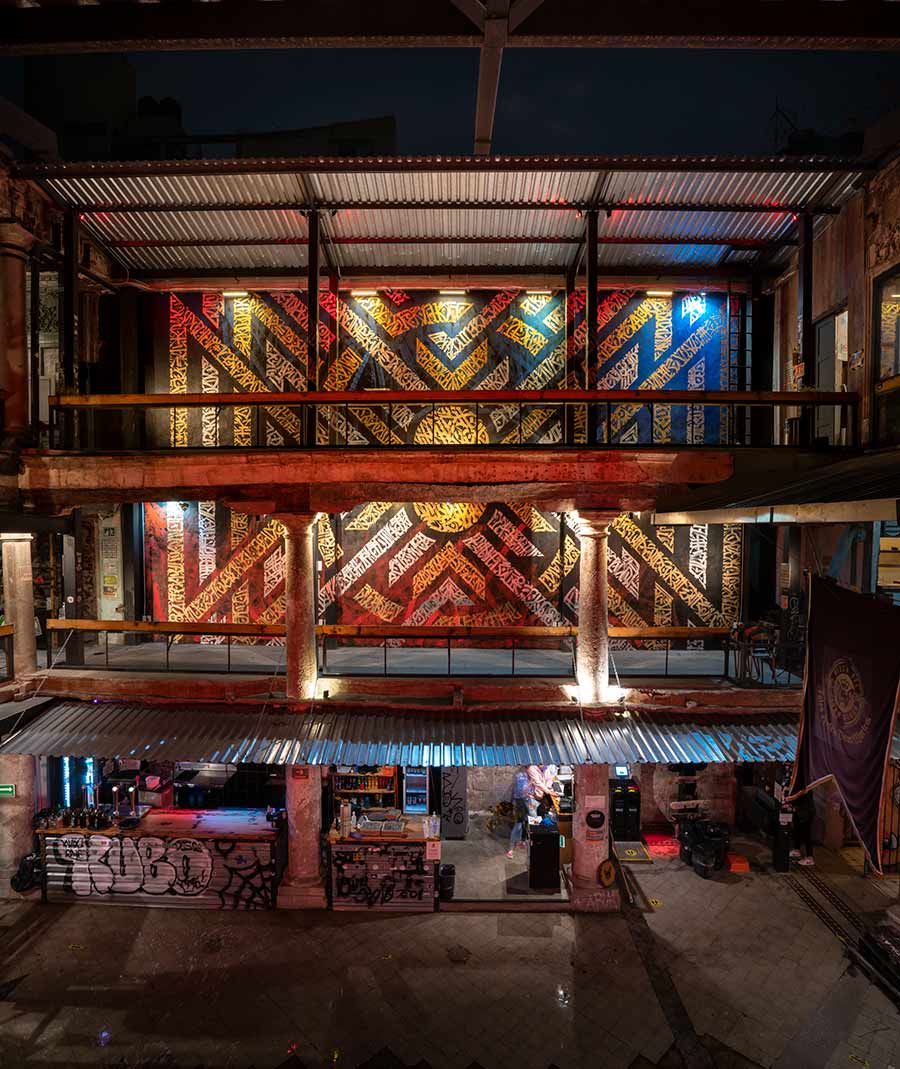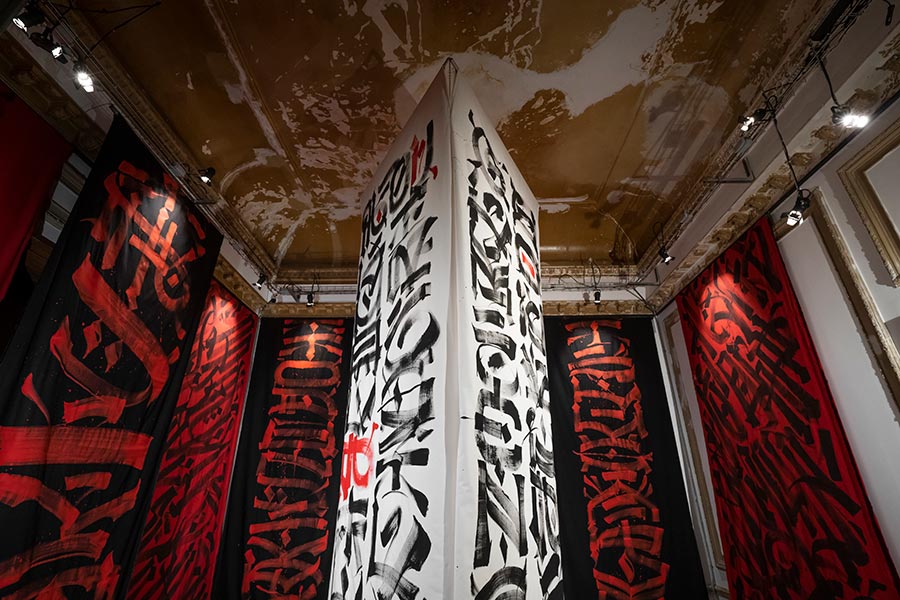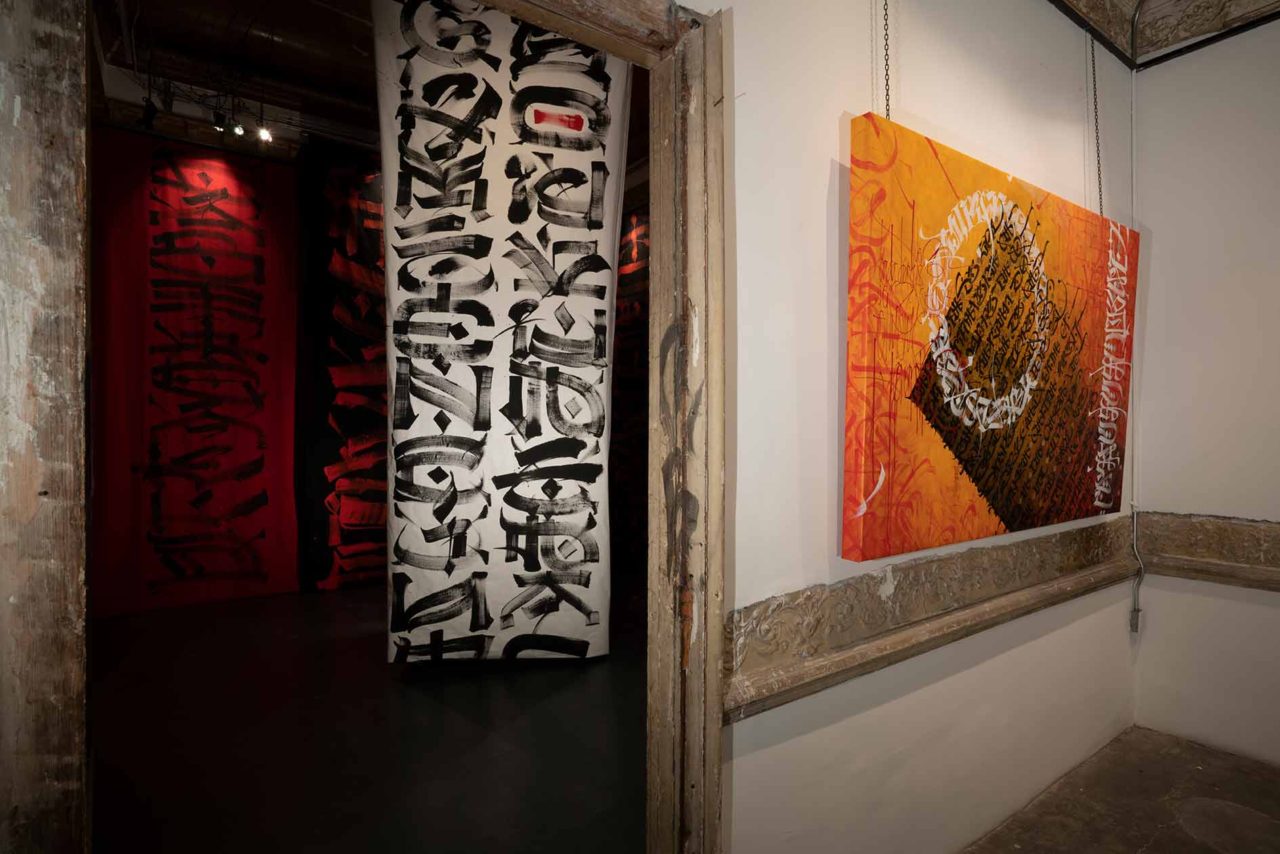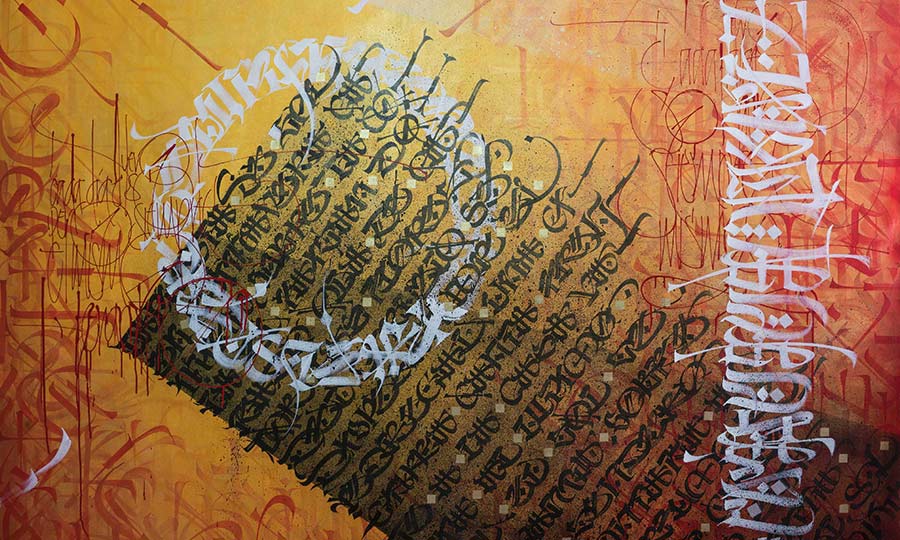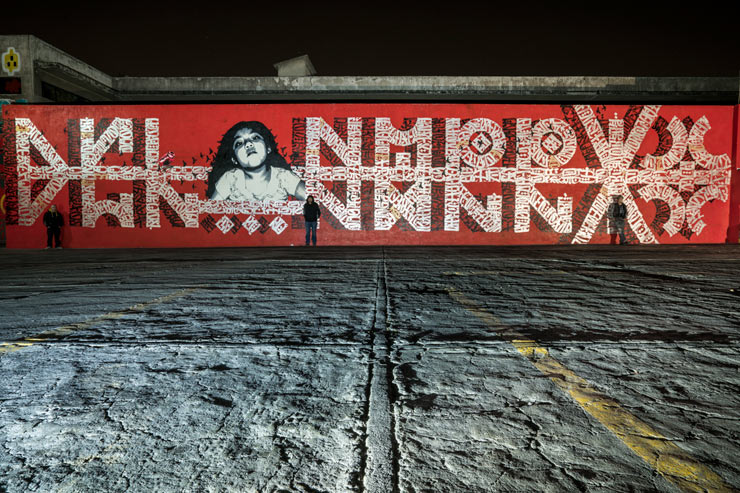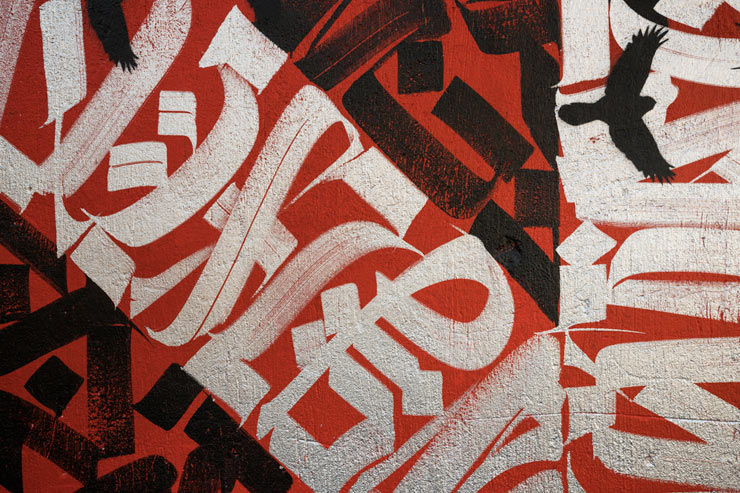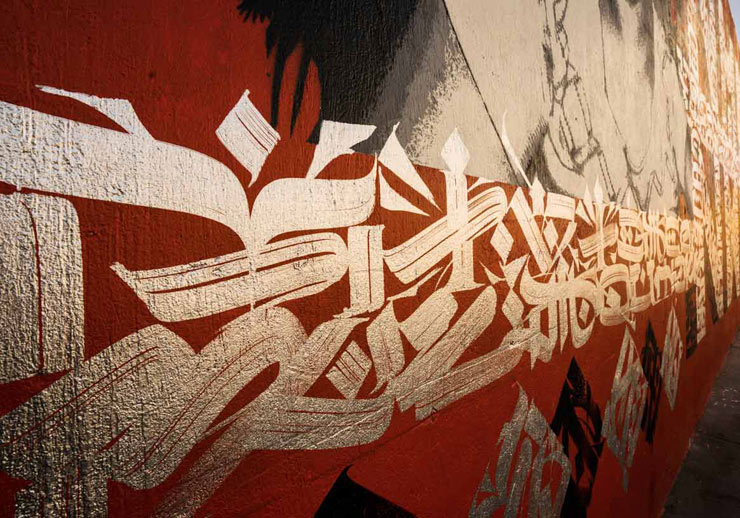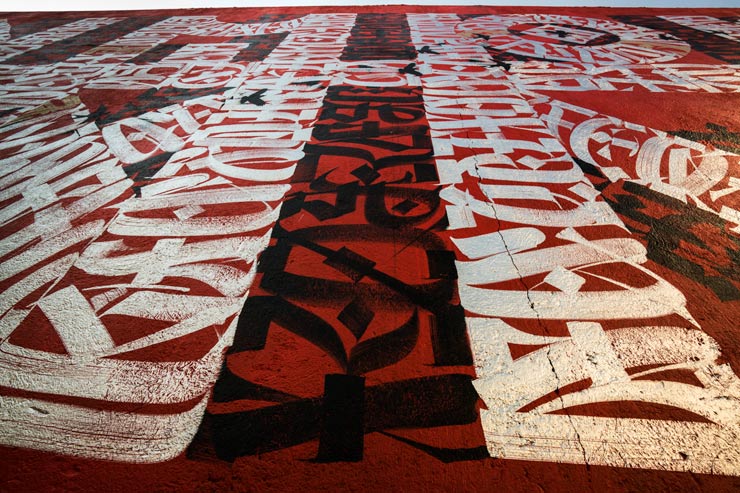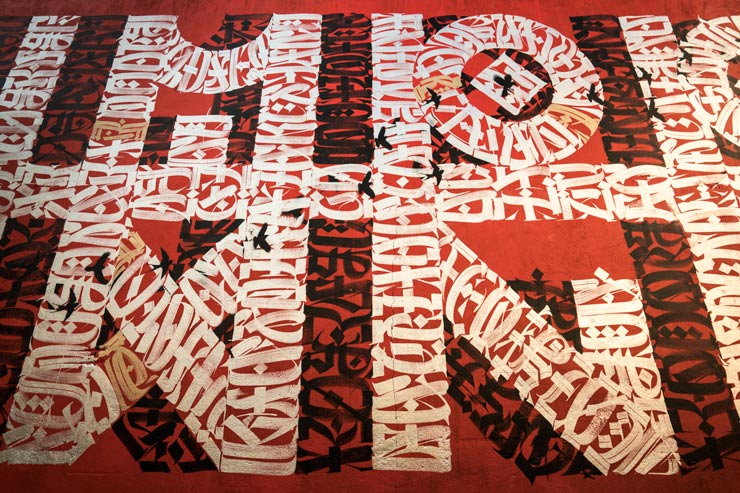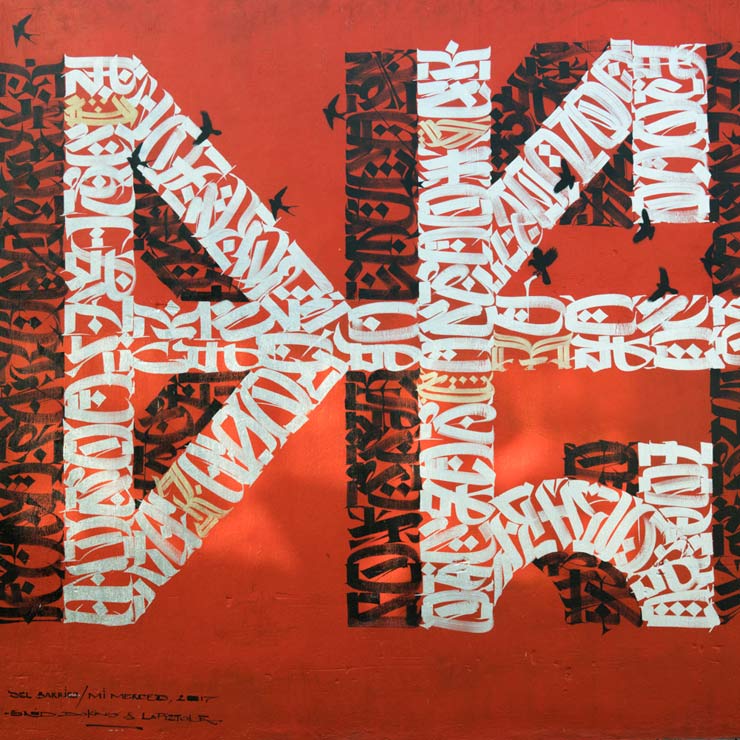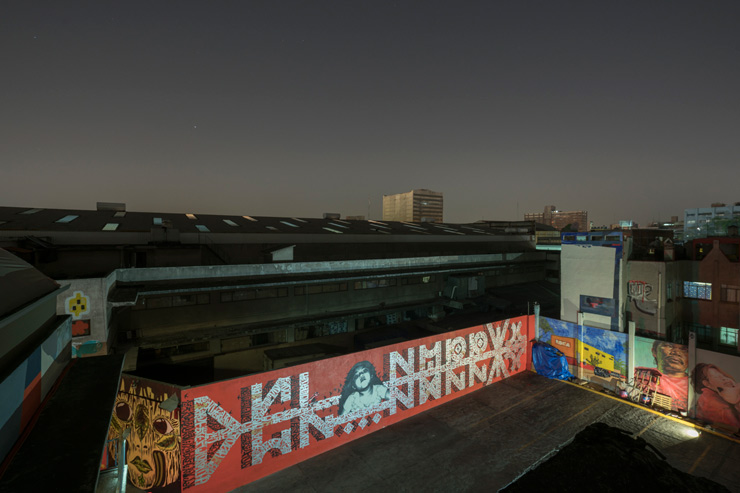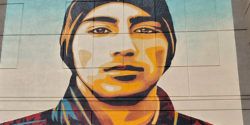BIO-RESCRIPTURES
ITINERARIES OF BODY AND FLESH IN THE PUBLIC MUSEUM SPHERE
Art, technology, and science are often mentioned in the same sentence these days, including occasionally in street art. Indeed elements of all three have always been present in the coded communications of graffiti writers and street artists; a multicolored reflection in the petri dish of society, occasionally examined microscopically. At its very base, Street Art has always used the public sphere as a laboratory for experimenting with new creative ideas, leaving many of us to ponder and pine upon the results.
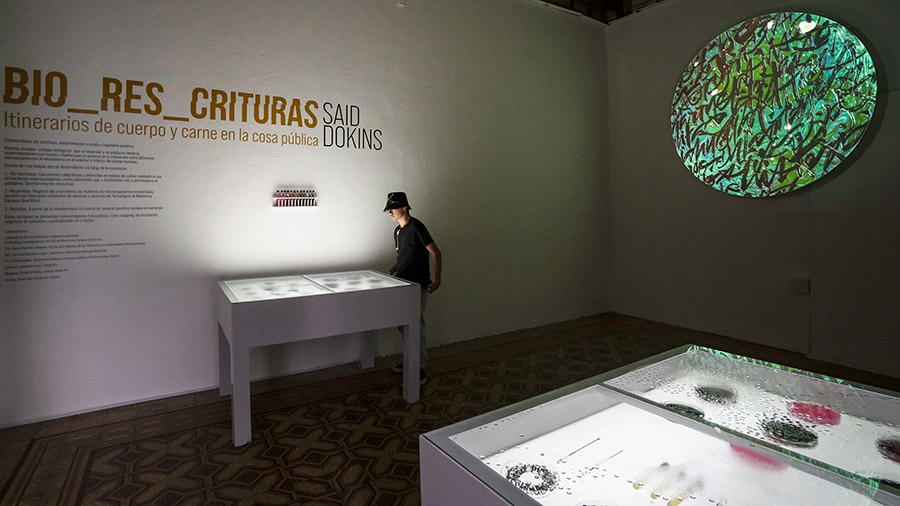
A new exhibition called “Bio-Rescriptures” finds a Mexican street artist/muralist going literally into the scientific laboratory and combining his expertise in calligraphy to create new works of science and art. Part of the more extensive exhibition “Atentar desde los códigos (Attack from Codes)” at the Interactive Urban Museum of Puebla (MUI) in Puebla, Mexico, Said Dokins, a renowned artist in the street art field known for his murals using ornate calligraphy in large format in public spaces, expounds upon his discoveries in the lab and extends our appreciation of the comingled fields of arts and sciences.
The main intention of the exhibition is to explore the interaction between the human body and microorganisms, blending graffiti and stencils with biotechnology and genetic engineering. Dokins challenges traditional notions of the body as a closed and individualized entity by examining the interconnectedness between the human body, the microbiome, and the environment.
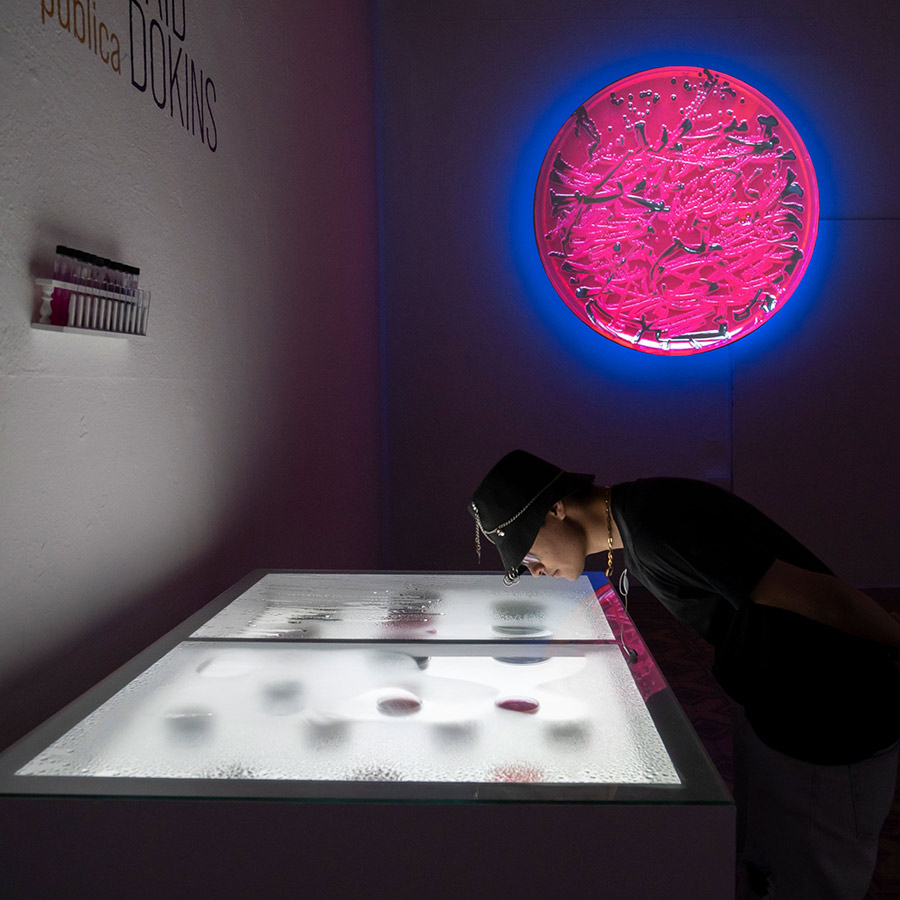
The exhibition showcases various experiments and installations. One involves recording the growth of microorganism samples collected from the daily itineraries of 45 students from the Tecnológico de Monterrey. The participants placed their handprints on agar plates, which were then incubated to visualize the growth of microorganisms. This creates a dynamic microbial “footprint” (handprint) dependent on each person’s geographic space.
Another exhibition aspect involves calligraphic executions using pathogenic and non-pathogenic bacteria from the human body in culture media. Dokins uses bacteriological ink from these bacteria, such as Salmonella and E. coli, to create Bio-Writings and Bio-Stencils. These abstract calligraphies challenge conventional norms and structures, creating a new dialogue between the written and the living. Microorganisms become a sort of bacteriological ink, forming intertwined and hybrid writing.
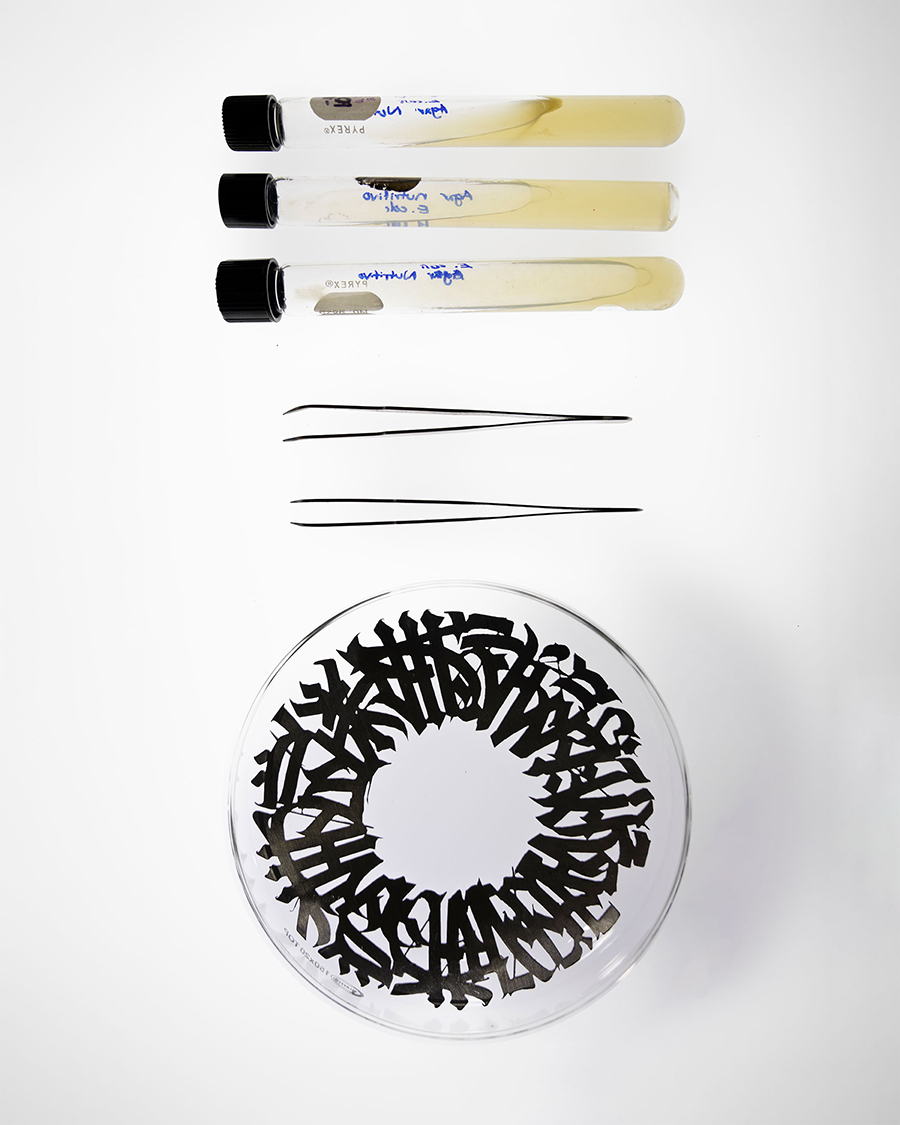
In addition, Dokins explores the potential of bacteria in calligraphy through genetic engineering. He uses horizontal gene transfer to exchange genetic information between bacteria, allowing them to emit light when exposed to ultraviolet light. The bio-fluorescent bacteria are then used as a bio-ink to perform calligraphic exercises, resulting in bio-fluorescent writings.
The project involved collaborations with distinguished researchers and professors from Tec de Monterrey Campus Querétaro, including Dr. Aurea Ramírez, Dr. Carmen González, and Dr. Paola Angulo, who contributed their expertise in microbiology, genetic engineering, and molecular biology, respectively. The project was also supported by a photographer, Leonardo Luna, who captured the essence of the project, and visionary artist Roberto Palma, who brought the mapping to life. The auditory experience was orchestrated by sound producer Daniel Arp, creating a wet biology-based sound landscape to enrich the exhibition’s narrative.
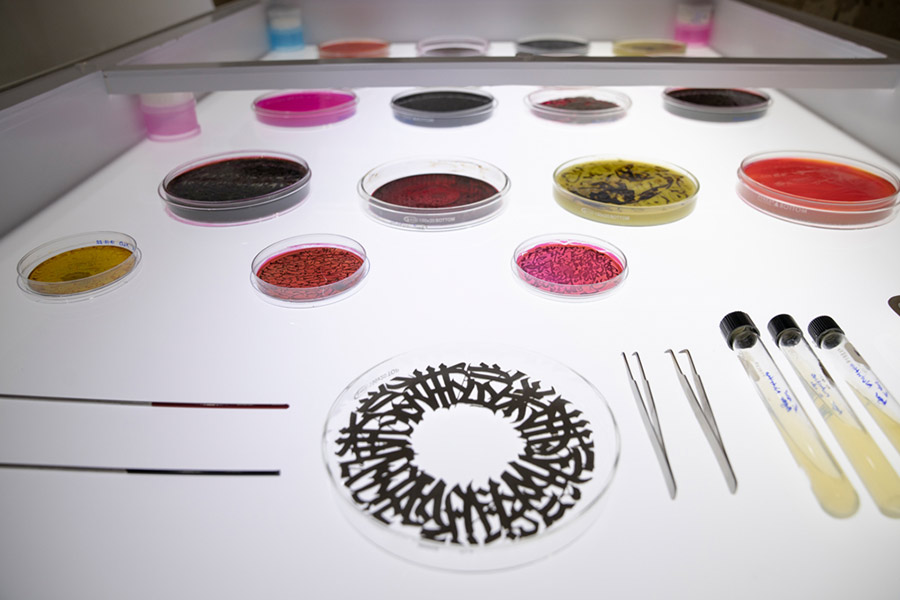
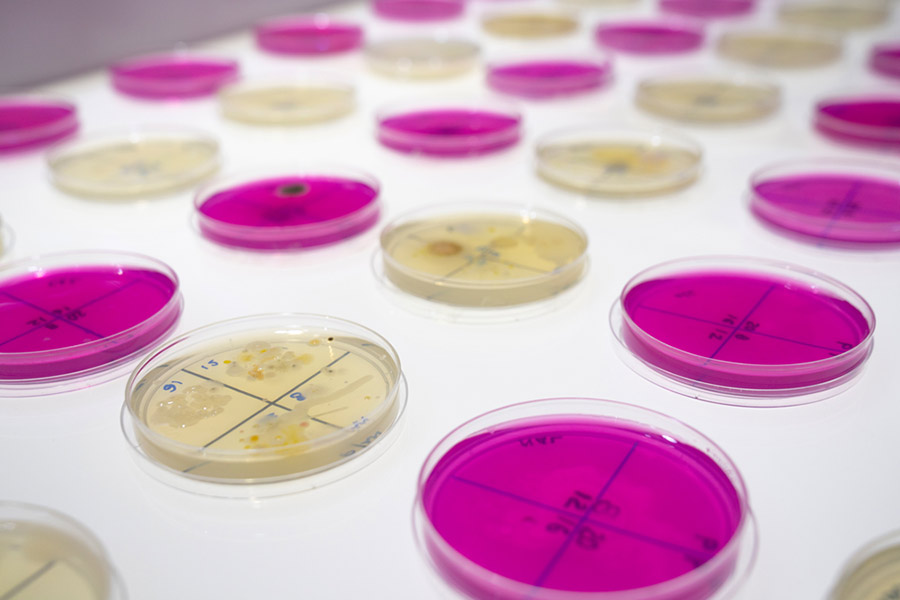

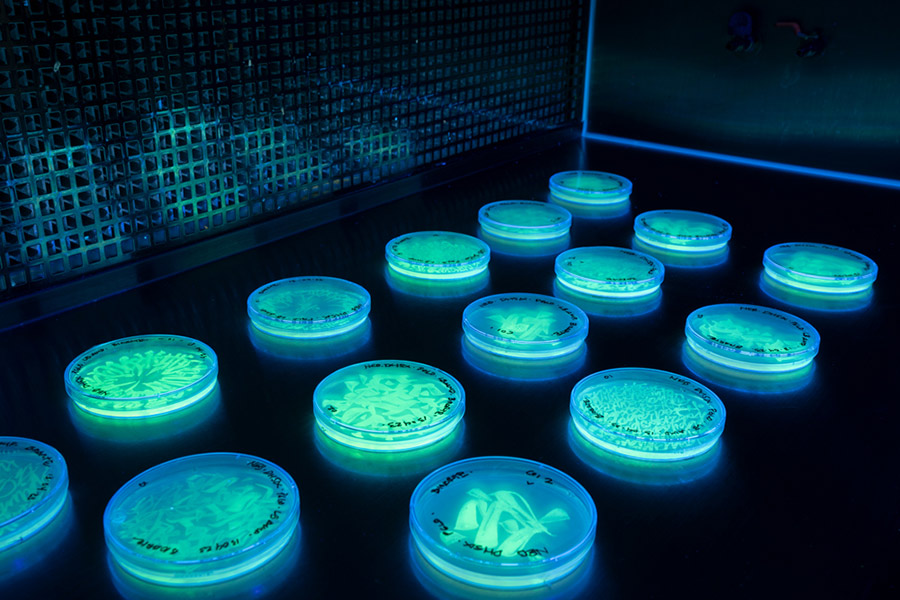
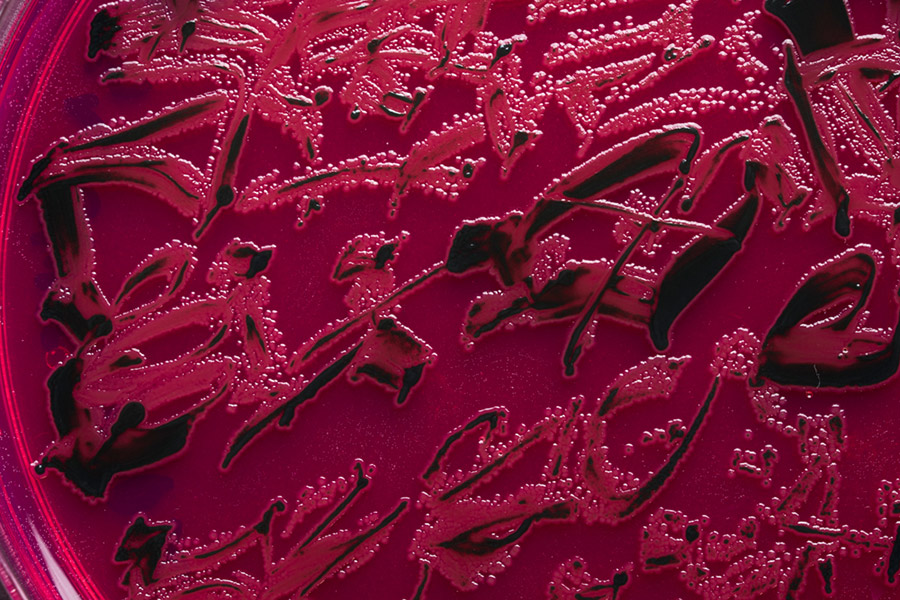
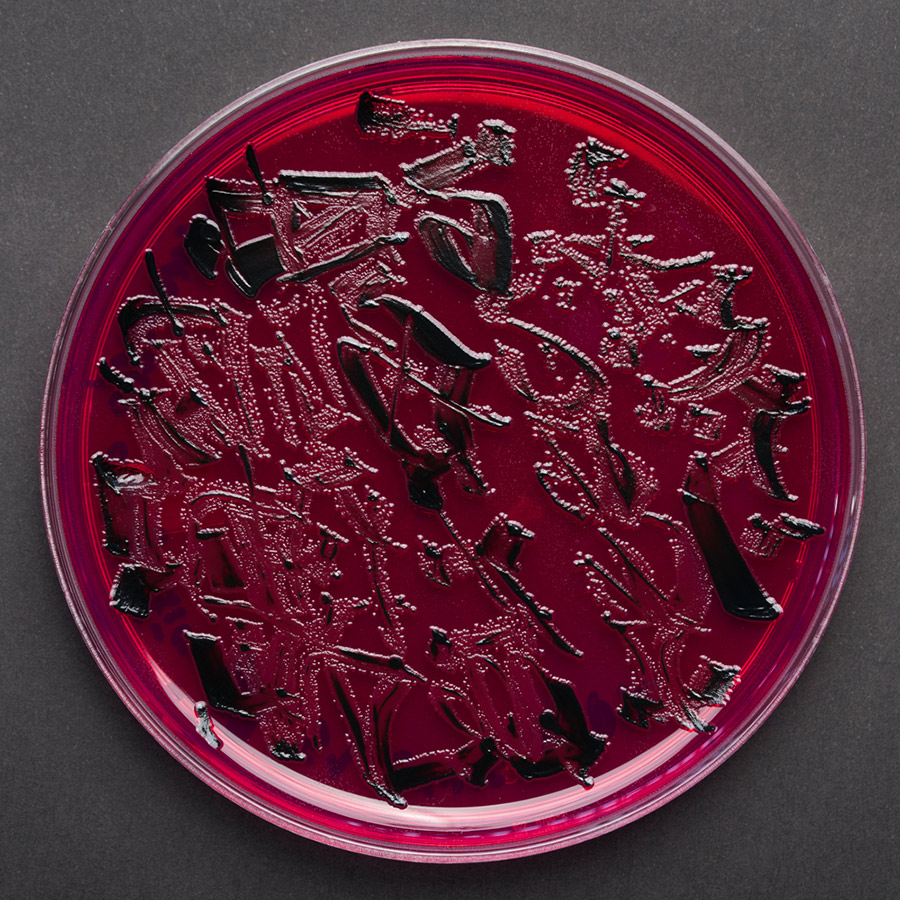
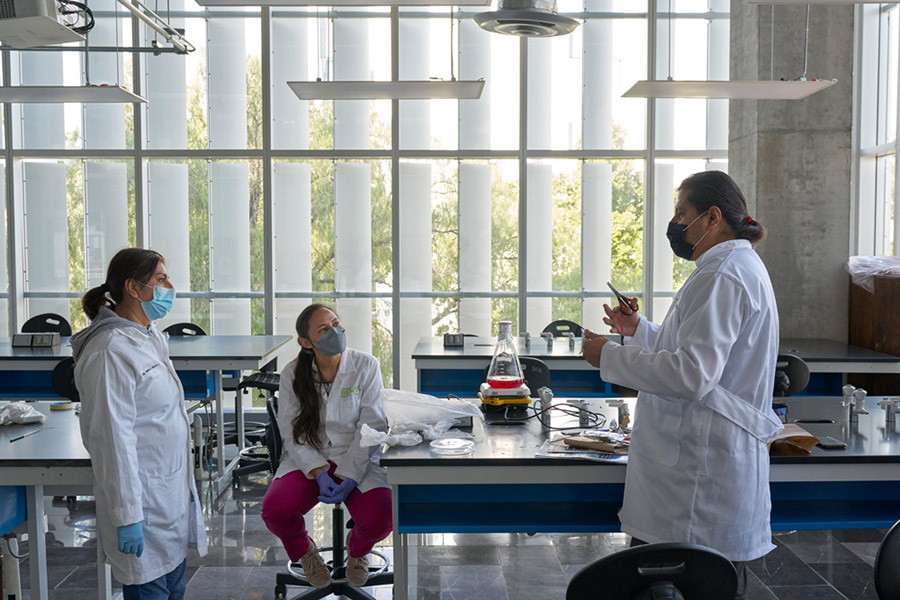
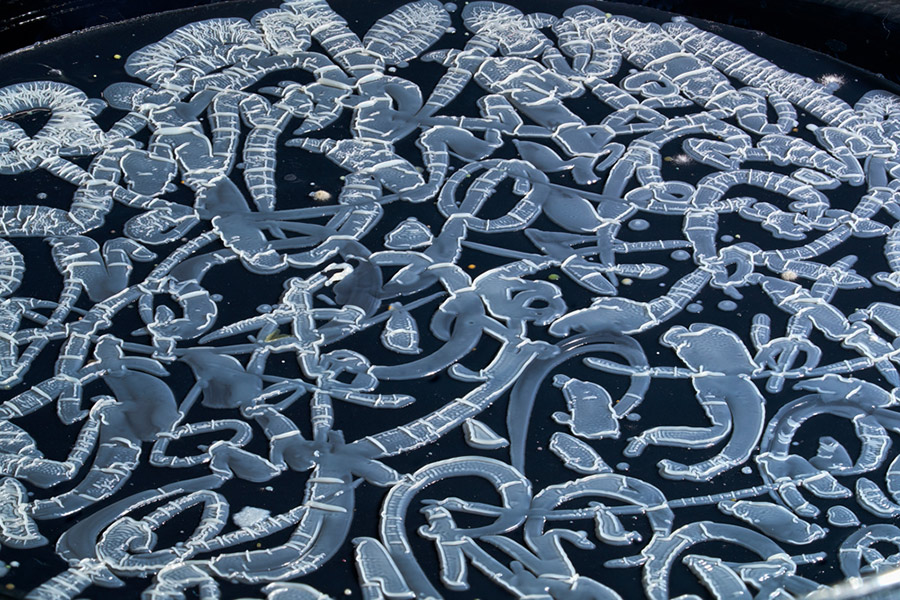
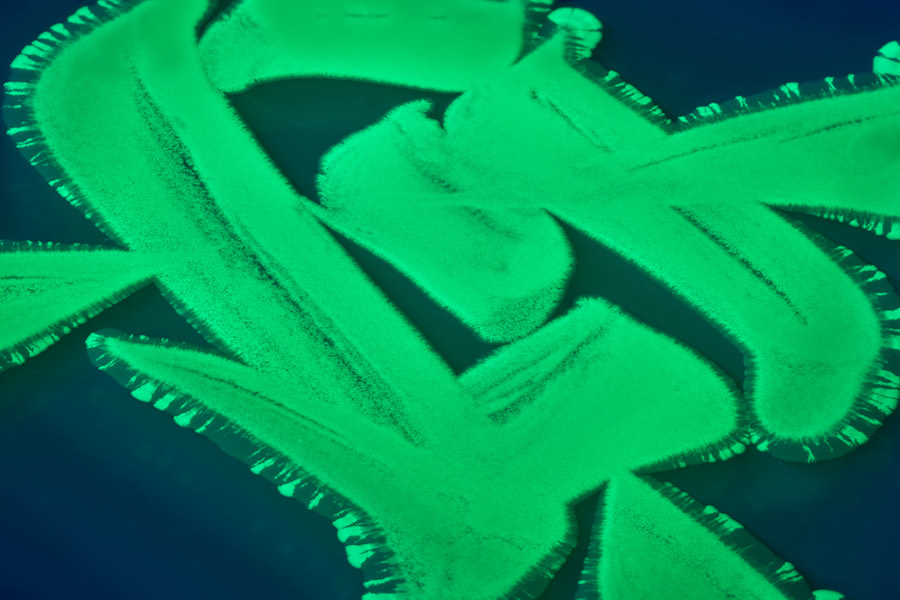
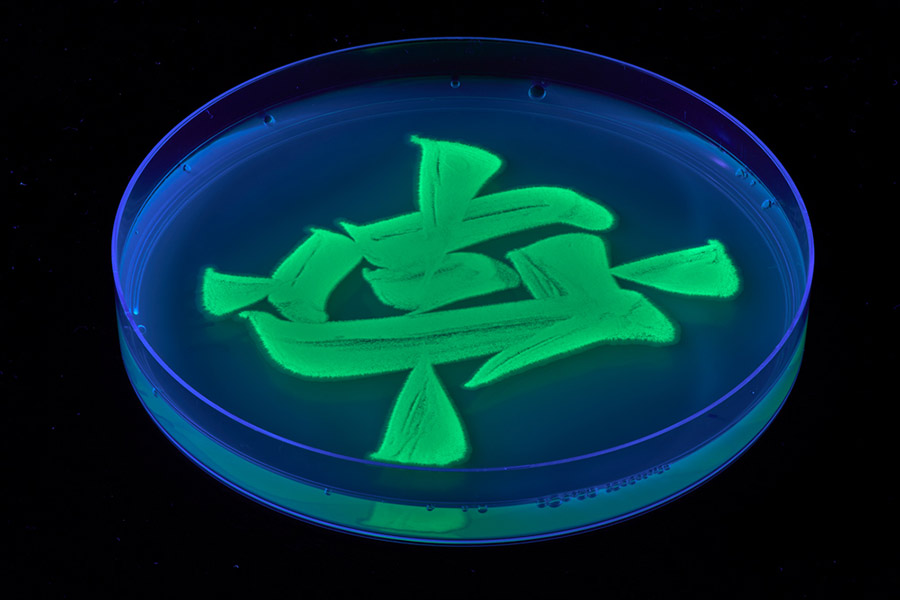
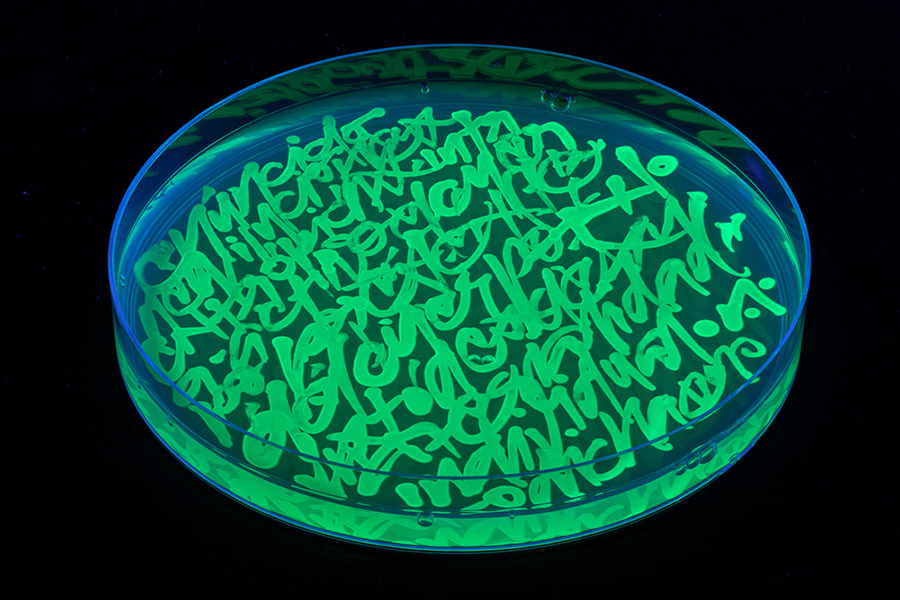
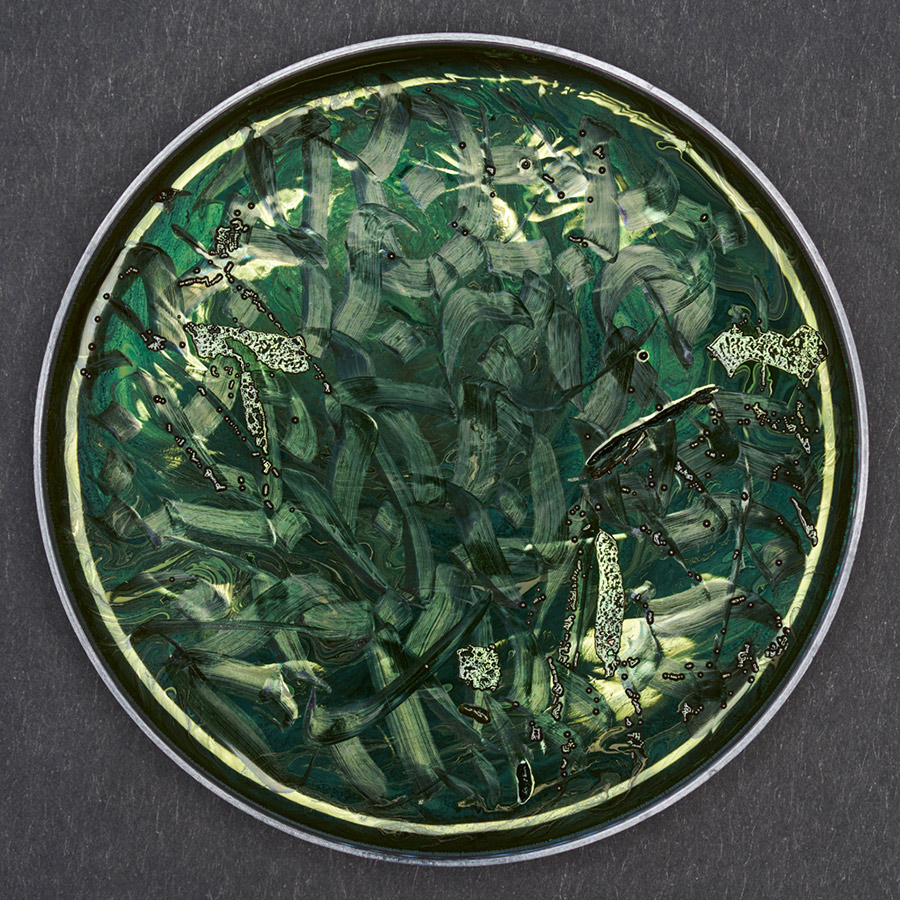
The exhibition Atentar desde los códigos is curated by Piedad Martínez and Juan Carlos Montes, which organizers say proposes the need to explore the tensions and conflicts arising from discourses and heritage appropriation exercises concerning sociocultural logics. In this exhibition, artists such as Rocío Cerón, Malitzin Cortéz, Ivan Abreu, and Said Dokins present the outcomes of their artistic residency at the Tec de Monterrey campuses in Puebla and Querétaro.
This exhibition runs until May 29th.
Museo Urbano Interactivo
Calle 4 Nte 5, Centro, 72000 Puebla, Pue. Mexico.
 BROOKLYN STREET ART LOVES YOU MORE EVERY DAY
BROOKLYN STREET ART LOVES YOU MORE EVERY DAY